When you see a really vibrant, high-quality large-format print advertisement, especially outdoors, have you ever wondered what makes it look so good and last so long? Often, the answer is a "coated banner." It's a premium material that makes a big difference.
Coated banner refers to a type of banner material where a liquid PVC (polyvinyl chloride)[^1] compound is directly applied and fused onto a base fabric (scrim)[^2], then solidified. This process creates an exceptionally smooth, uniform, and durable surface that yields superior print quality and enhanced weather resistance compared to other banner types.
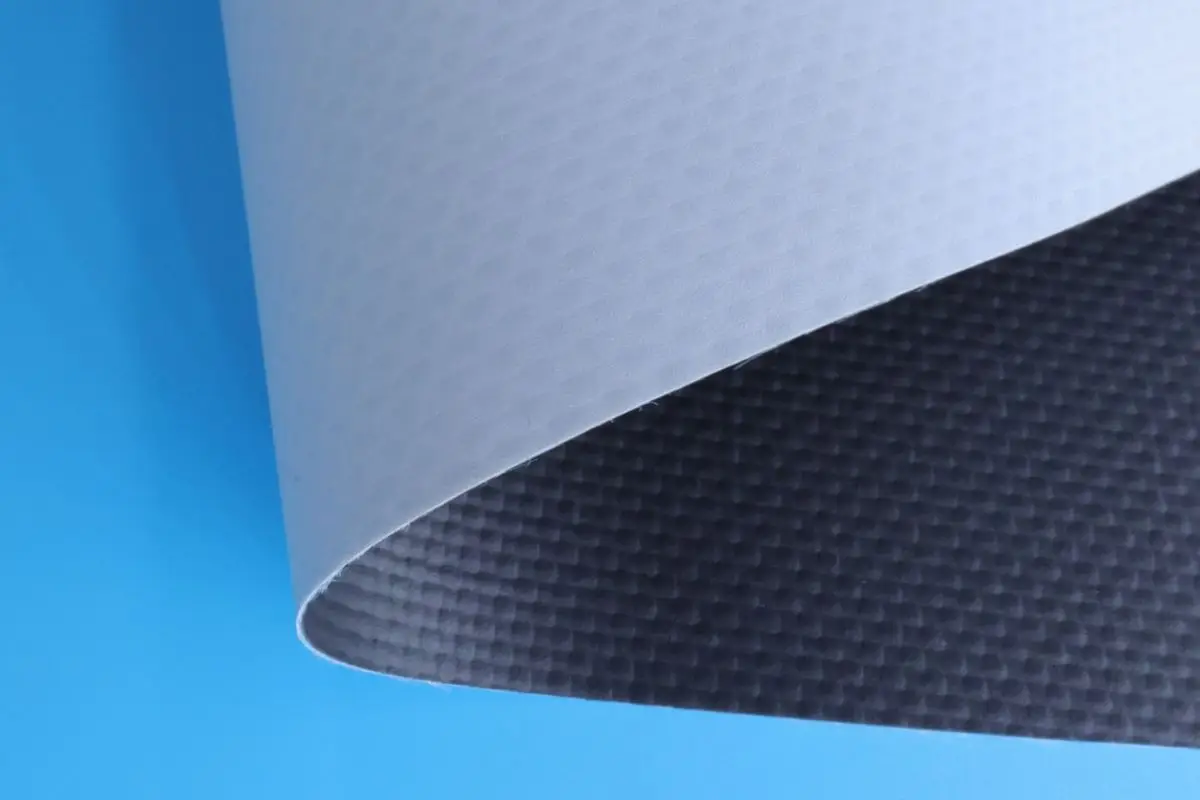
In my years managing a signage media factory, I've seen countless advancements in banner technology. Coated banner material has always held a special place. It's the material that truly elevates the visual impact of a printed graphic. I remember early on, we sought out these materials to meet the rising demands for sharper images and longer-lasting outdoor displays. This material allowed us to deliver truly vibrant color reproduction and consistent quality for our customers. When we help partners set up their own flex banner production facilities, coated banners are often a key part of their product range.
What is Semi Coated Banner?
This term often causes some confusion, especially with the term "coated banner." Let me clarify.
In China, the term "semi-coated banner" is often used interchangeably with "coated banner" to describe banner materials produced using a hot lamination process. However, a key distinction is that "semi-coated" banners typically feature a plain weave[^3] base fabric, which is distinct from the generally warp-knitted[^4] base fabric used in many purely laminated banners. This specific construction positions it as a higher-grade option compared to standard laminated banners.
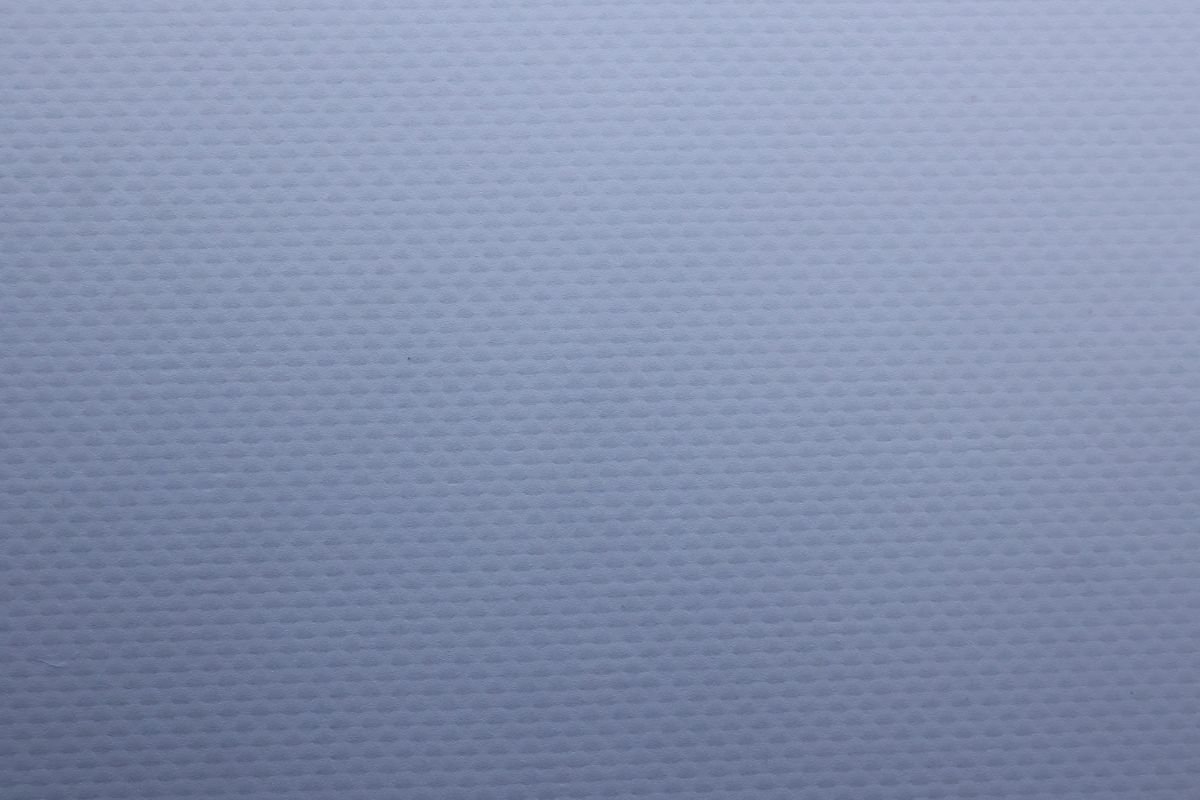
It's interesting how industry terms can vary by region. When I discuss "coated banners" with my partners in different countries, I often find myself explaining this nuance. In essence, while it's called "semi-coated" locally, it actually represents a very high standard of "hot laminated" banner. The core difference, as I've observed and confirmed through our manufacturing processes, often boils down to that base fabric. A plain weave fabric base usually means better stability and a flatter surface, which contributes significantly to the print quality. From my perspective, this makes "semi-coated banners" a premium choice for many applications.
Key Aspects of Semi-Coated Banner Definition
| Aspect | Description | Significance |
|---|---|---|
| Regional Terminology | Often called "Semi Coated Banner" in China. | Reflects local manufacturing distinctions and quality hierarchy. |
| Manufacturing Process | Produced via a hot lamination[^5] process. | Involves heat and pressure to bond PVC layers to the scrim. |
| Base Fabric (Scrim) | Features a plain weave (woven) base fabric. | Provides better dimensional stability and flatness for printing. |
| Quality Perception | Generally considered higher grade than standard laminated banners. | Due to superior fabric construction and print surface. |
What is the Difference Between Coated and Laminated Banner?
These two terms are frequently confused, but they refer to distinct manufacturing processes that result in different material properties.
The fundamental difference between coated and laminated banners lies in their manufacturing process. Coated banners are made by directly fusing liquid PVC onto a scrim, creating a single, integrated material. Laminated banners, conversely, are produced by bonding pre-formed PVC films to a scrim, either with adhesive (cold lamination) or heat and pressure (hot lamination). Semi-coated banners, often categorized as a type of hot laminated banner, bridge this gap, offering economic advantages while still providing good flatness and stronger peel strength than cold laminated versions.
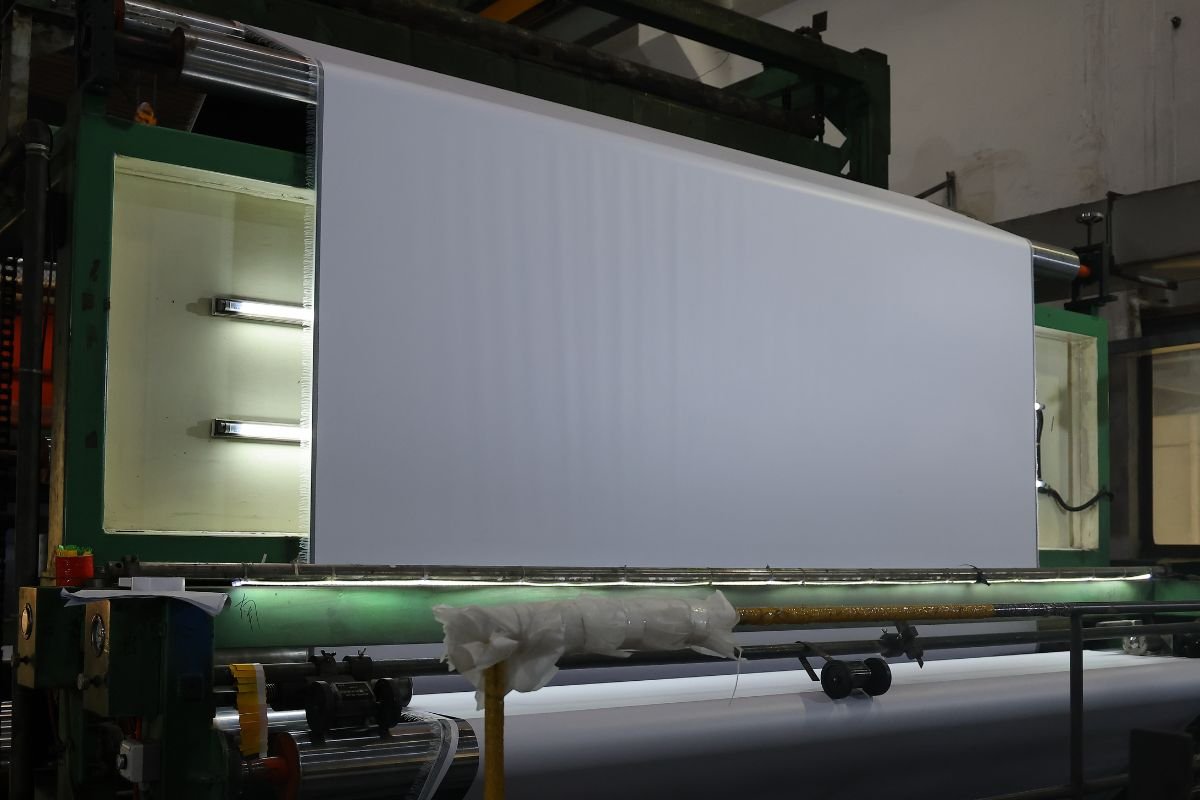
From my manufacturing background, this distinction is paramount. Imagine building something versus assembling it. That's the difference. In true coated banners, liquid PVC penetrates the scrim slightly, creating a more cohesive, integrated bond. This leads to a smoother surface without the potential for air bubbles or delamination[^6] that can sometimes occur with laminated products.
Historically, the direct coating process was more common for high-end uses, particularly from European producers. However, for everyday consumables, more economical methods have emerged. This is where "semi-coated" banners, essentially high-quality hot laminated banners, come in. They offer a great balance: they are typically flatter and boast a better peel strength than cold laminated banners, making them a very viable and economical alternative while still delivering good print quality. My company focuses on meeting stringent customer demands, and understanding these material nuances allows us to offer the right solution for every budget and application. For an experienced purchasing professional like Mr. Watford, knowing these differences is key to making smart sourcing decisions.
Comparison: Coated vs. Laminated Banners
| Feature | Coated Banner (Direct Coating) | Semi Coated Banner (Hot Laminated) | Laminated Banner (Cold Laminated) |
|---|---|---|---|
| Manufacturing Process | Liquid PVC directly applied/fused onto scrim. | Pre-formed PVC films bonded to scrim with heat & pressure. | Pre-formed PVC films bonded to scrim with adhesive. |
| Material Integration | Highest integration, single cohesive structure. | Good integration via heat fusing. | Layers bonded; lower integration, potential for easier delamination. |
| Surface Smoothness | Superior, very flat and uniform surface. | Very good, generally flatter than cold laminated. | Good, but can show more texture or minor imperfections. |
| Print Quality | Excellent, vibrant colors, sharp resolution. | Excellent, vibrant colors, good resolution. | Good, but sometimes less vibrant or sharp than others. |
| Durability/Longevity | Generally superior, enhanced weather resistance. | Very good, strong peel strength, good weather resistance. | Good, but can be more prone to edge fraying or delamination over time. |
| Base Fabric | Often uses plain weave. | Often uses plain weave. | Often uses warp-knitted or woven. |
| Peel Strength | Very high. | High, significantly better than cold laminated. | Lower, adhesive-dependent. |
| Cost | Generally highest. | Mid-range, economical alternative to direct coated. | Generally lowest. |
What are the Categories of Coated Banners?
Coated banners aren't just one type; they come in varieties, each designed for specific lighting conditions and applications.
Coated banners are categorized primarily by their light transmission properties, including coated frontlit banner (for front illumination), coated backlit banner (for back illumination), coated blackout banner (with an internal black layer for complete opaqueness), and coated banner with black back (for single-sided use with an opaque reverse).

When I discuss projects with clients, understanding these categories is crucial for selecting the right material. For example, a "frontlit banner" is perfect for general outdoor billboards where illumination comes from the front, like streetlights or sunlight. But if a client wants an illuminated sign that glows at night, a "backlit banner" is the only choice. We've optimized our backlit materials to perfectly diffuse light, creating vivid, evenly lit images.
The "blackout banner" is a true problem-solver, especially for double-sided displays. Its internal black layer completely prevents light bleed-through, ensuring that one side's image doesn't interfere with the other. My participation in the iPhone 4 campaign in China, specifically using a blackout double-sided banner, perfectly showcased its effectiveness. Then there's the "coated banner with black back," which is primarily used when you want a rich, opaque print on one side, and the back is visible but doesn't need printing—for example, when covering a wall or a structure.
Categories of Coated Banners
| Category | Description | Typical Application | Key Feature |
|---|---|---|---|
| Coated Frontlit Banner | Designed for illumination from the front. | Billboards, outdoor signs, general advertising. | Opaque, smooth, excellent print surface. |
| Coated Backlit Banner | Designed for illumination from behind. | Lightboxes, illuminated signs, airport displays. | Translucent, diffuses light evenly, vibrant at night. |
| Coated Blackout Banner | Features an internal black layer. | Double-sided banners, large stage backdrops. | Completely opaque, prevents show-through. |
| Coated Banner with Black Back | One side printable, the reverse (non-printable) is black. | Wall coverings, fence wraps, uses where only one side needs print. | Opaque black backing, prevents light bleed/opacity. |
Where is Semi Coated Banner Used?
Given its premium qualities, semi-coated banners find their place in applications demanding high visual impact and durability.
Semi-coated banners are strategically used in high-visibility applications where superior print quality, enhanced durability, and a premium aesthetic are required. This includes large-format outdoor billboards, high-end promotional signage, trade show graphics, and any display where the visual impact and longevity of the banner are paramount.
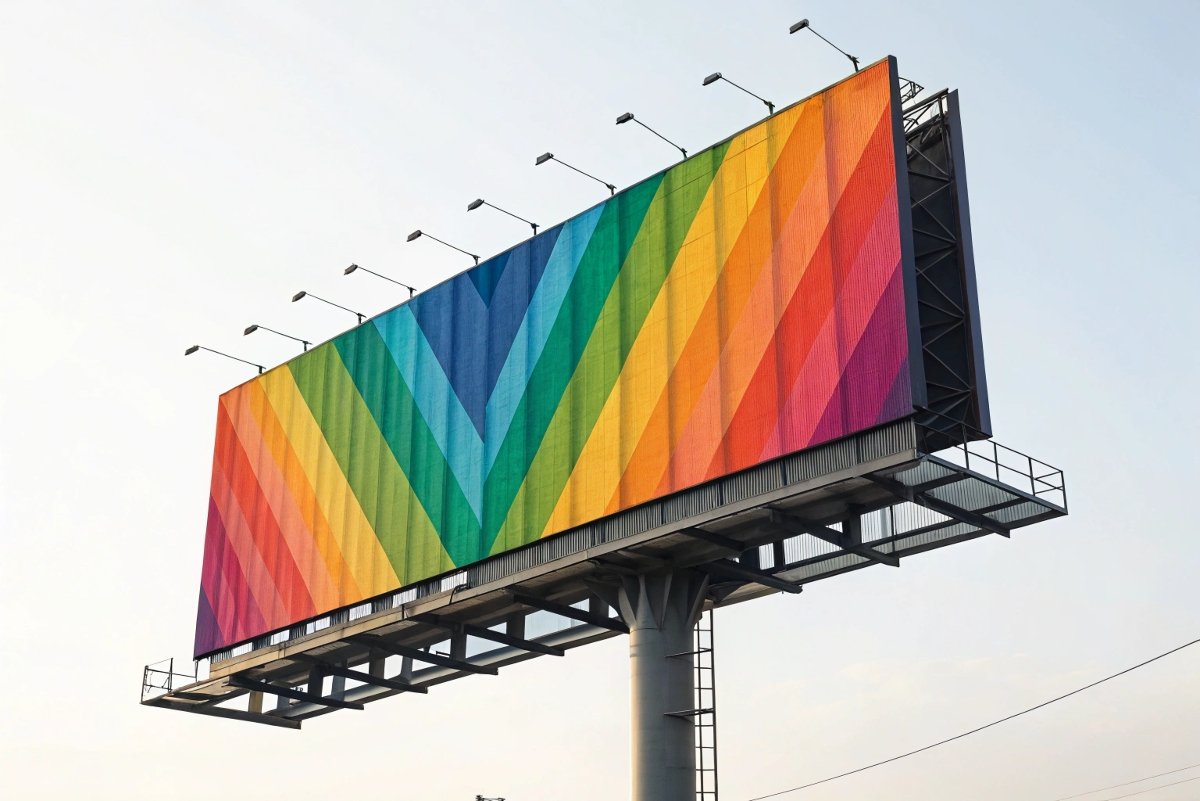
Because of the plain weave base fabric and the hot lamination process that make "semi-coated" banners so robust, they are ideal for challenging environments. I've always recommended them when clients need a sign that will face harsh weather for extended periods, or when the brand image simply cannot be compromised by a less-than-perfect print. They hold up better against tearing and maintain their vibrant colors longer. This durability means clients get more value and a more professional look over time, which aligns perfectly with Mr. Watford's goals for reliability and consistent quality in his purchasing decisions.
Common Applications of Semi-Coated Banners
| Application | Reason for Using Semi-Coated Banner |
|---|---|
| Large Outdoor Billboards | Superior flatness and print clarity visible from a distance, high durability against weather. |
| High-End Retail Storefront Signs | Premium appearance, vibrant colors enhance brand image, long-lasting display. |
| Promotional Banners for Events | Ensures clear, impactful messaging; material withstands temporary outdoor setups. |
| Trade Show Graphics & Backdrops | Smooth surface for high-resolution graphics, professional presentation. |
| Building Wraps | Durability against large-scale exposure, vibrant graphics for striking visuals. |
| Long-Term Outdoor Displays | Resists fading and degradation over extended periods. |
What are the Specifications of the Semi Coated Banner?
When we talk about "specifications," we're diving into the technical details that define the quality and performance of the material.
The specifications of semi-coated banners are defined by factors such as the denier of the base fabric, the yarn count (threads per inch) of the base (warp x weft), and the overall weight of the finished material in grams per square meter (GSM). These specific numbers directly correlate to the banner's strength, durability, print quality, and suitability for various applications (frontlit, backlit, blackout, or black back).
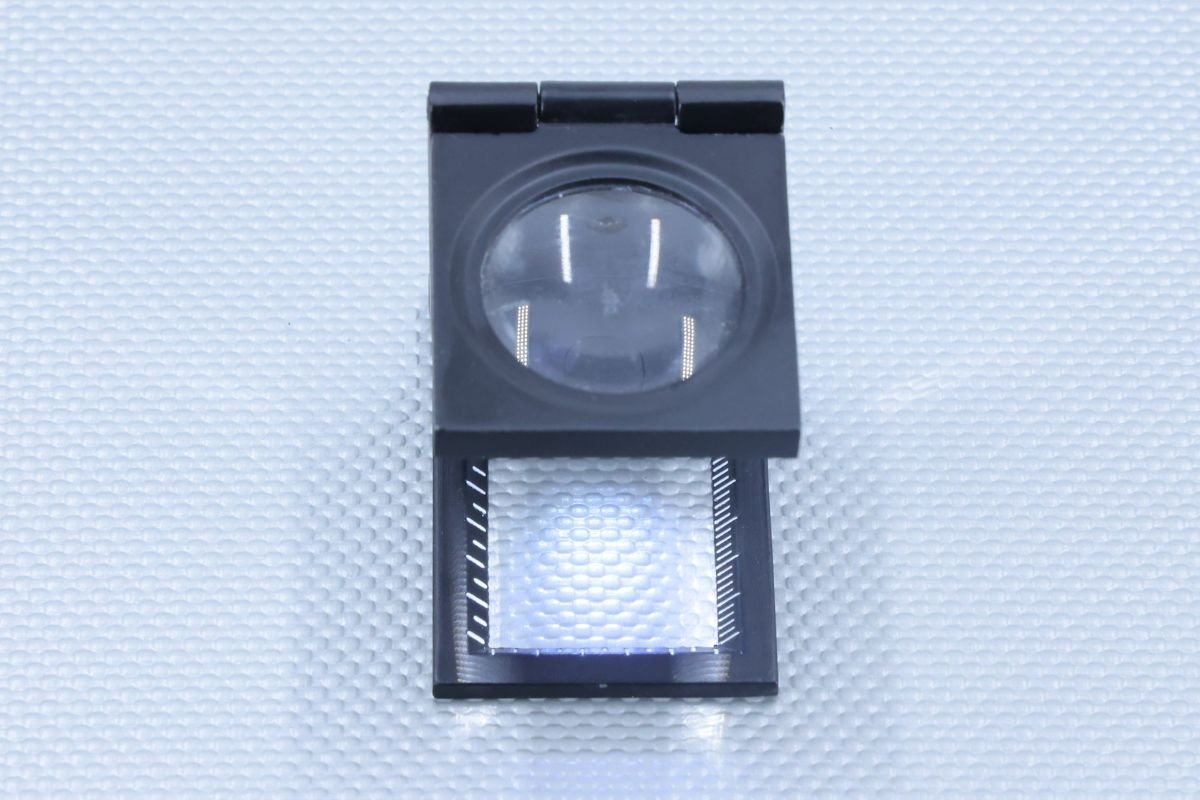
These numbers are like the DNA of a banner material. When I discuss an order for a coated banner that a client wants to produce, the first thing we look at is these specifications. They dictate everything from the flexibility to the tear strength. For a frontlit banner, common specs might be 1000D base fabric, 18x18 threads per inch, and 510 GSM. This combination ensures a strong, smooth surface for vivid prints. For backlit banners, which need to diffuse light evenly, we might opt for a 250D x 250D base, 36x36 yarn count, 440 GSM material, or even a denser 1000D base, 18x18 yarn count, 610 GSM for more robust backlit applications. The lower denier and higher yarn count for backlit often mean a finer weave, allowing light to spread out well.
For blackout banners, which famously prevent light penetration, you'll see dense specs like 300D x 300D base, 40x42 yarn count, 510 GSM, or even something as heavy as 1000D base, 20x20 yarn count, 800 GSM. The heavier the GSM and the tighter the weave, the more effective it is at blocking light. Similarly, for banners with a black back, specs like 1000D base, 18x18 yarn count, 510 GSM are common. These exact figures allow us to precisely tailor the material to a client's specific needs, ensuring they get the right performance for their investment.
Common Specifications for Semi-Coated Banners (Examples)
| Type of Coated Banner | Base Fabric (Denier) | Yarn Count (Warp x Weft) | GSM (Grams per Square Meter) | Key Application |
|---|---|---|---|---|
| Frontlit | 1000D x 1000D | 18x18 | 510g | General high-quality outdoor billboards, store signs. |
| 1000D x 1000D | 18x18 | 440g | Lighter grade frontlit for shorter-term or less demanding uses. | |
| 1000D x 1000D | 16x16 | 440g | Good balance of strength and flexibility. | |
| 1000D x 1000D | 18x13 | 440g | Slightly different yarn count, potential for different strength/flex. | |
| 840D x 840D | 16x15 | 440g | Offers good performance with slightly lighter yarn. | |
| Backlit | 250D x 250D | 36x36 | 440gsm | Fine weave for optimal light diffusion in lightboxes. |
| 500D x 500D | 18x14 | 610gsm | More robust backlit for larger, more demanding illuminated signs. | |
| 1000D x 1000D | 18x18 | 510gsm | Strong, durable backlit, excellent for large illuminated displays. | |
| 1000D x 1000D | 18x18 | 610gsm | Heaviest backlit option for maximum durability and light diffusion. | |
| Blackout | 250D x 250D | 36x38 | 440gsm | Lighter blackout, good for smaller double-sided banners. |
| 300D x 300D | 40x42 | 510gsm | Medium-grade blackout, excellent for double-sided use (like iPhone 4 project). | |
| 500D x 500D | 28x28 | 610gsm | Stronger blackout for demanding double-sided applications. | |
| 1000D x 1000D | 20x20 | 800gsm | Heaviest blackout, maximum strength and light blocking. | |
| Black Back | 1000D x 1000D | 18x18 | 510g | Durable single-sided banner with opaque black reverse. |
| 1000D x 1000D | 18x18 | 440g | Lighter black-back for general opaque applications. | |
| 1000D x 1000D | 16x16 | 440g | Good balance of strength and flexibility for opaque print. | |
| 1000D x 1000D | 18x13 | 440g | Offers good performance with slightly different yarn counts. | |
| 840D x 840D | 16x15 | 440g | Lighter yarn black-back, still provides good opacity. |
Conclusion
Coated banners, including those locally called "semi-coated," are premium materials made by directly fusing PVC onto a base fabric, providing superior print quality and durability compared to laminated options. They come in frontlit, backlit, blackout, and black-back variations, with specific technical specifications (like base fabric denier, yarn count, and GSM) that define their performance and application for high-impact visual communication.
Annotated Reading:
- PVC (Polyvinyl Chloride): A widely produced synthetic plastic polymer known for its versatility. It is used in construction, healthcare, electronics, and especially in the signage industry for banners and films due to its durability and water resistance. https://en.wikipedia.org/wiki/Polyvinyl_chloride
- Scrim: The internal woven mesh fabric, typically made from polyester or nylon, embedded within layers of a banner to provide added tear strength and dimensional stability.
- Plain Weave: A fundamental type of textile weave where warp and weft yarns are aligned and cross each other in an alternating pattern, creating a strong and stable fabric. https://en.wikipedia.org/wiki/Plain_weave
- Warp-Knitted: A type of knitting process where the yarns form vertical loops (warps) along the length of the fabric. Warp-knitted fabrics are generally more elastic and less prone to unraveling than woven fabrics. https://en.wikipedia.org/wiki/Warp_knitting
- Hot Lamination: A process where multiple layers of material (e.g., PVC film, scrim, PVC film) are bonded together using heat and pressure to create a composite material. This method typically results in a more durable bond than cold lamination.
- Delamination: The separation of layers in a laminated material, often caused by stress, moisture, or adhesive failure, which can compromise the integrity and appearance of the banner.


